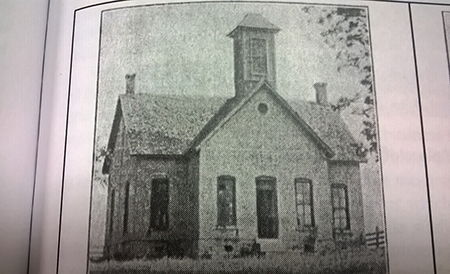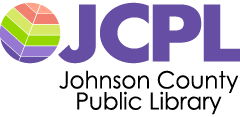
Our pioneer ancestors began organizing a school system soon after Johnson County was established. The challenges the school system faced in the 1830s were growth, taxes, school placement and teacher’s wages. This week, we’ll look at the important changes our school system made and how familiar we are with the challenges faced by our pioneer ancestors.
The Indiana Legislature in 1816 supported public schooling by establishing land grants. Section 16 (1 square mile) of every township was to be used for public education. A township is usually made up of 36 one-mile sections. Section 16 is typically located near the center of a township. The law allowed each township to have a three-member district board of trustees: a president, a secretary and a treasurer. This board was entitled to levy taxes in order to build needed schools.
In the early years of Johnson County’s history, pioneers would decide on a central location for a log schoolhouse. The trustees typically called out every able-bodied male over the age of 21 to work one day each week to complete a schoolhouse. These one-room schoolhouses occupied a large place in rural life for nearly 100 years. They were not only used for education but also used for social and religious community activities as well.
Even though the state law of 1816 provided for schools to be built, most schools were not free, but called “pay” or “subscription” schools. A teacher would have to go around the neighborhood soliciting families to send their children to school. The pay was often so low that well-qualified teachers were not enticed to teach at these schools.
Around 1837, state law required teachers to be examined for certification. When it came to teacher’s curriculums, there was no prevailing teaching philosophy, except for one thing, “Spare the rod and spoil the child.” Teachers soliciting work would often include methods of discipline in their advertisements. A teacher’s ability was often measured by their ability to govern a classroom. Laws were strict at the time for adults. It was believed by the pioneers that schoolmasters needed to instill self-discipline in children early, so they would meet the standards of the community.
Improvements came slowly, but the second generation of schools around the 1850s brought an improved quality of teachers and curriculum. In 1851, legislation was passed that allowed for children to attend school for free and for townships to purchase plots of grounds for their school buildings. The state Legislature required all counties to establish a seminary (high school) for higher learning. By 1870, counties were required to have a superintendent of schools, and school books were to be approved by the school board.
It may come as a surprise to you that it wasn’t until 1897 that Indiana finally succeeded in passing a compulsory attendance law. All children from 8 to 14 years of age had to attend school or their parents were subject to a fine ranging from $10- $50. By then, school superintendents had the right to transport pupils and to close schools where attendance was less than 15. By 1924, most of the one-room schoolhouses were closed.
What strikes me as the most fascinating aspect of the Johnson County school system history is that controversy over taxation for school purposes, public school transportation, increased length of school terms, minimum teachers’ wages and consolidation of schools, has been present in each succeeding generation since the time of our pioneer ancestors.
Here are two wonderful books available in the Historical Room of the Franklin Branch for further reading on the history of our school system:
Franklin Township elementary schools: 1823-1915: a past unfolding its future by Shannon E. Kegley.


